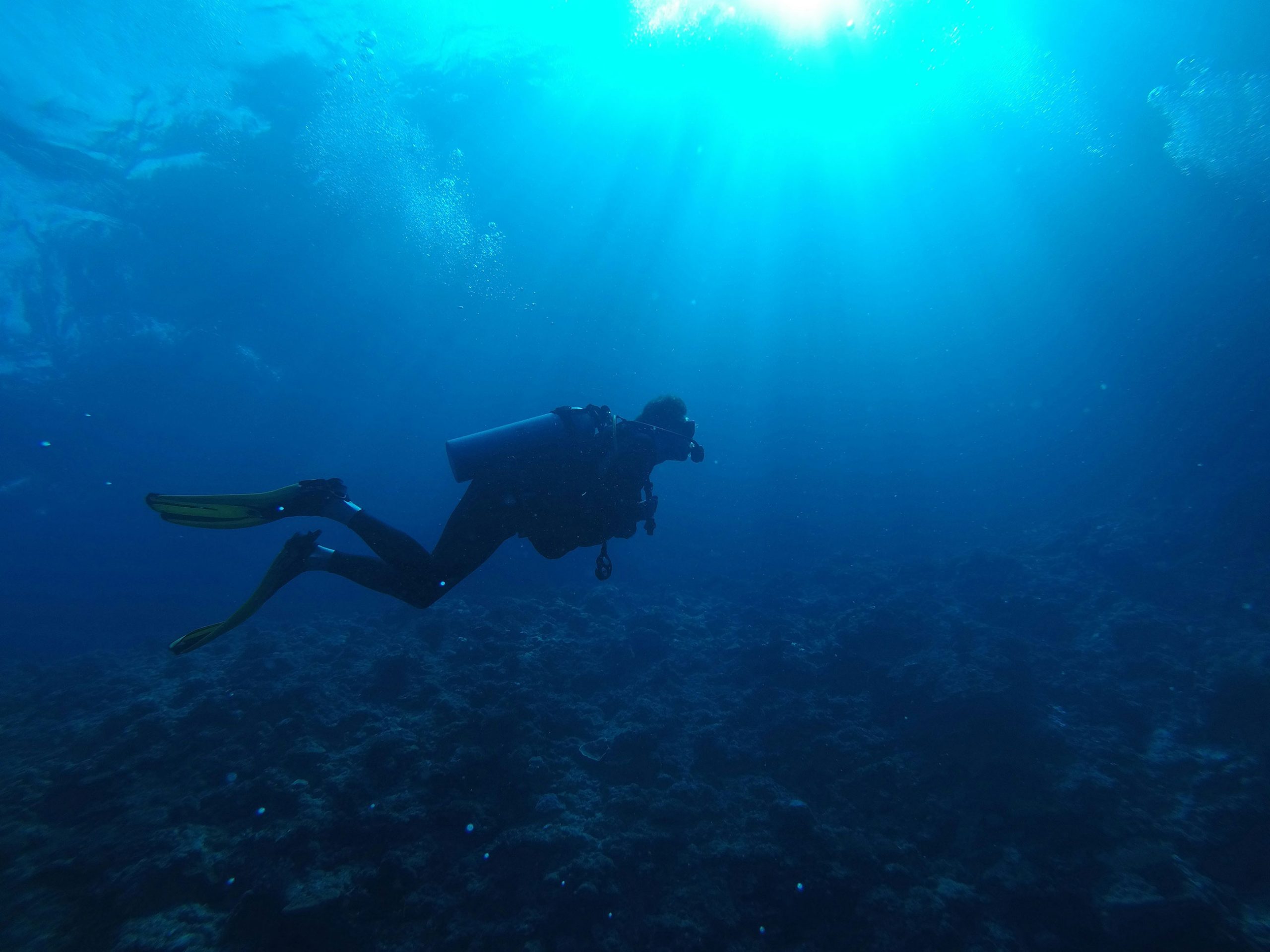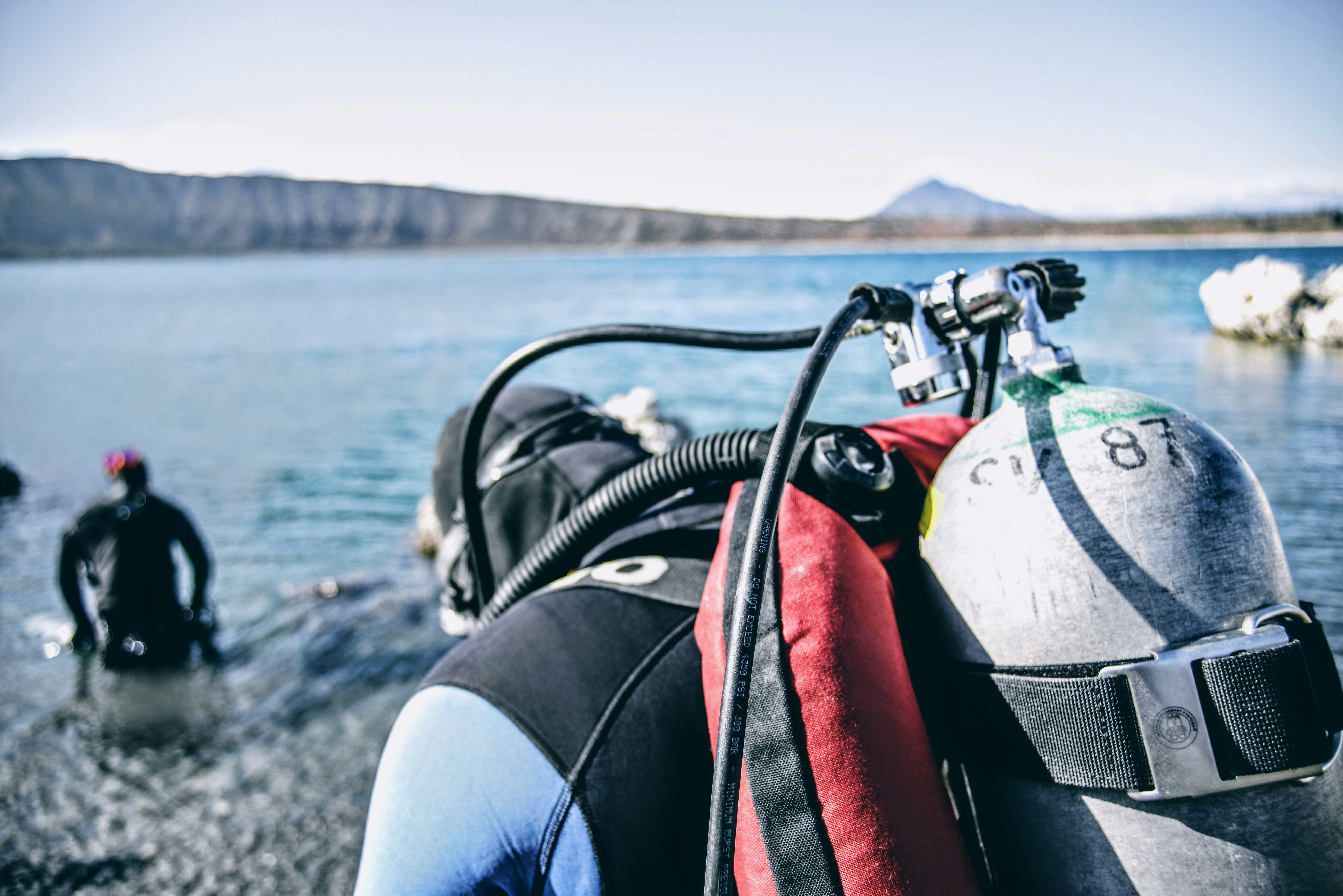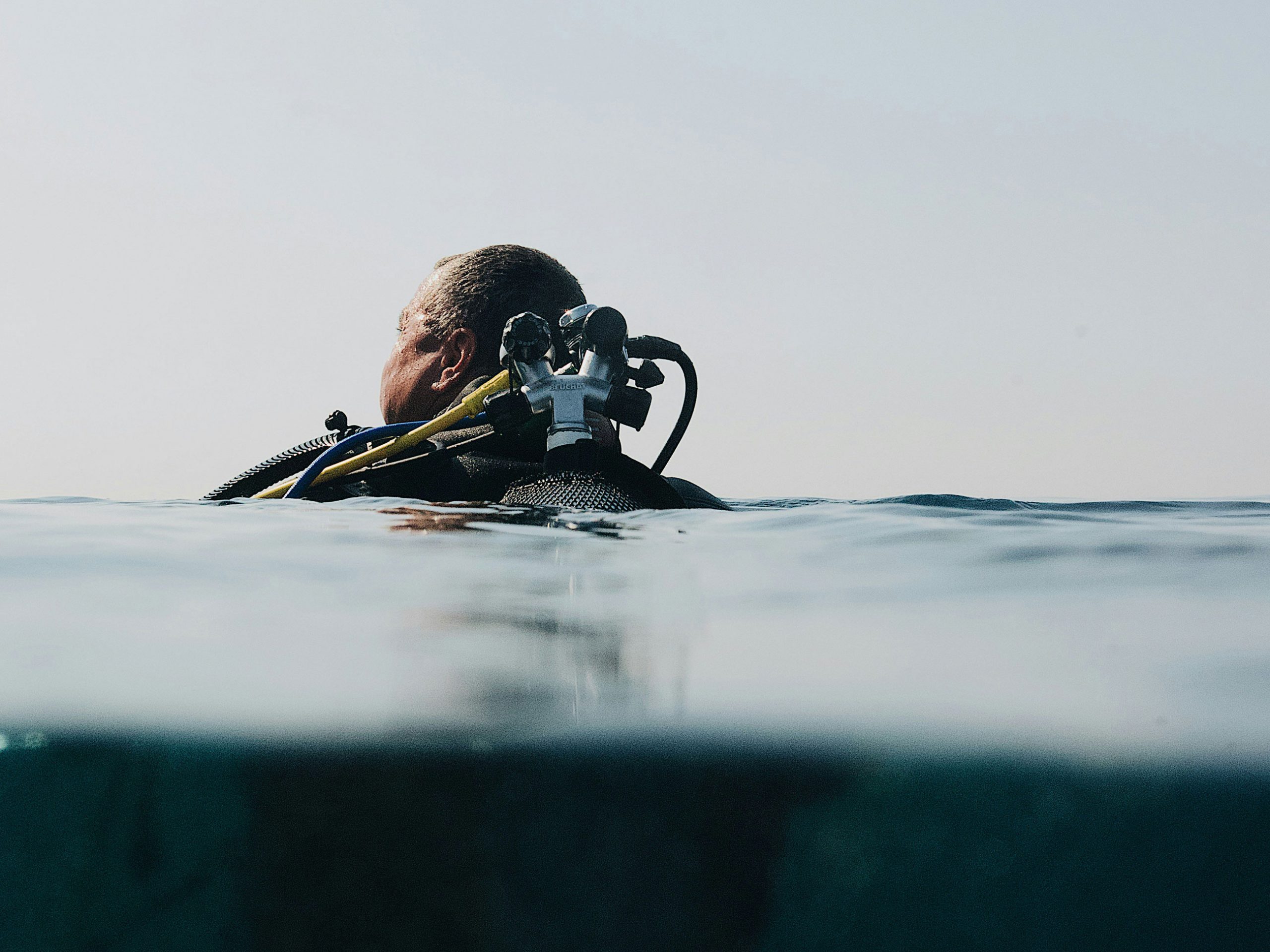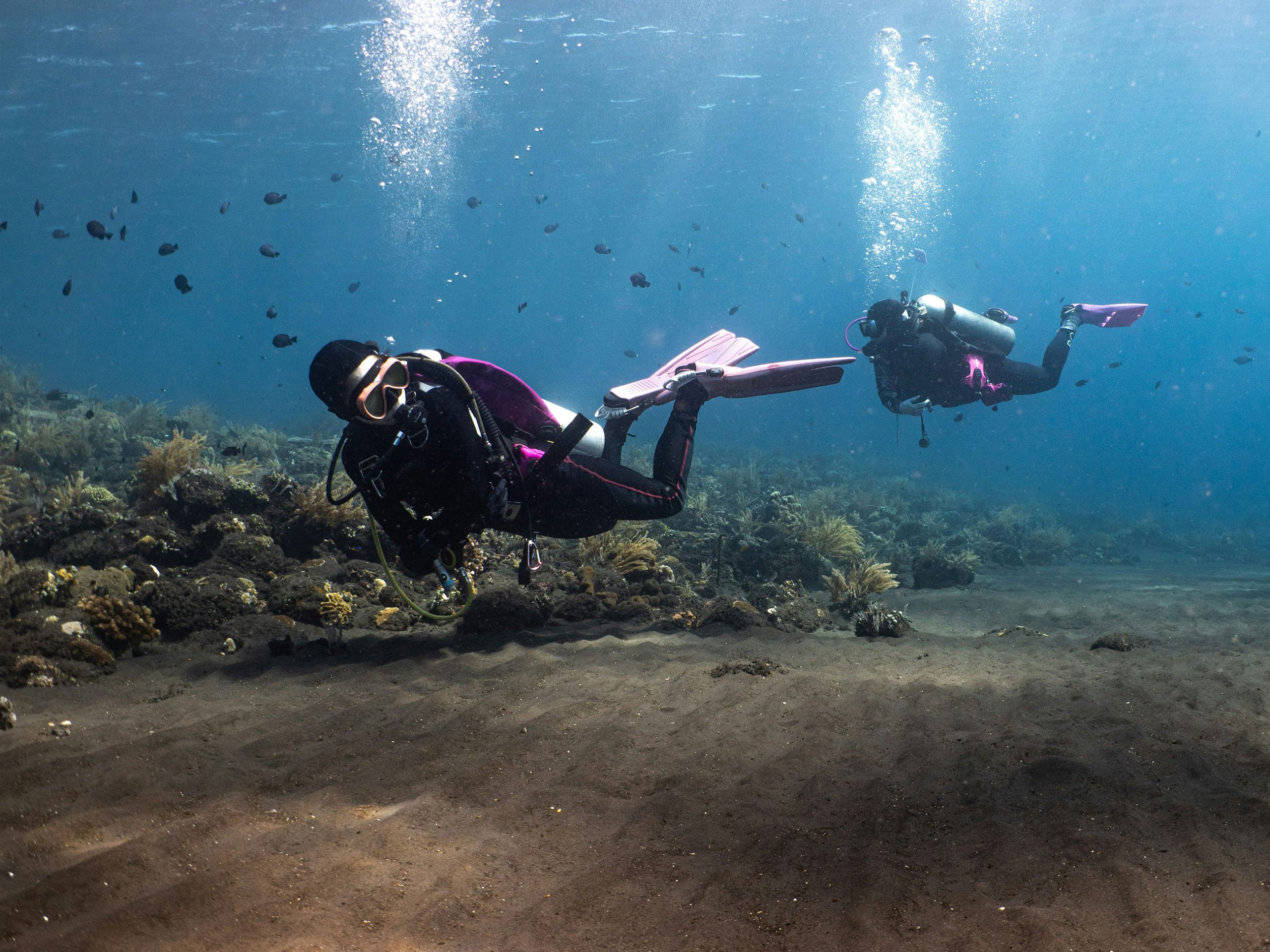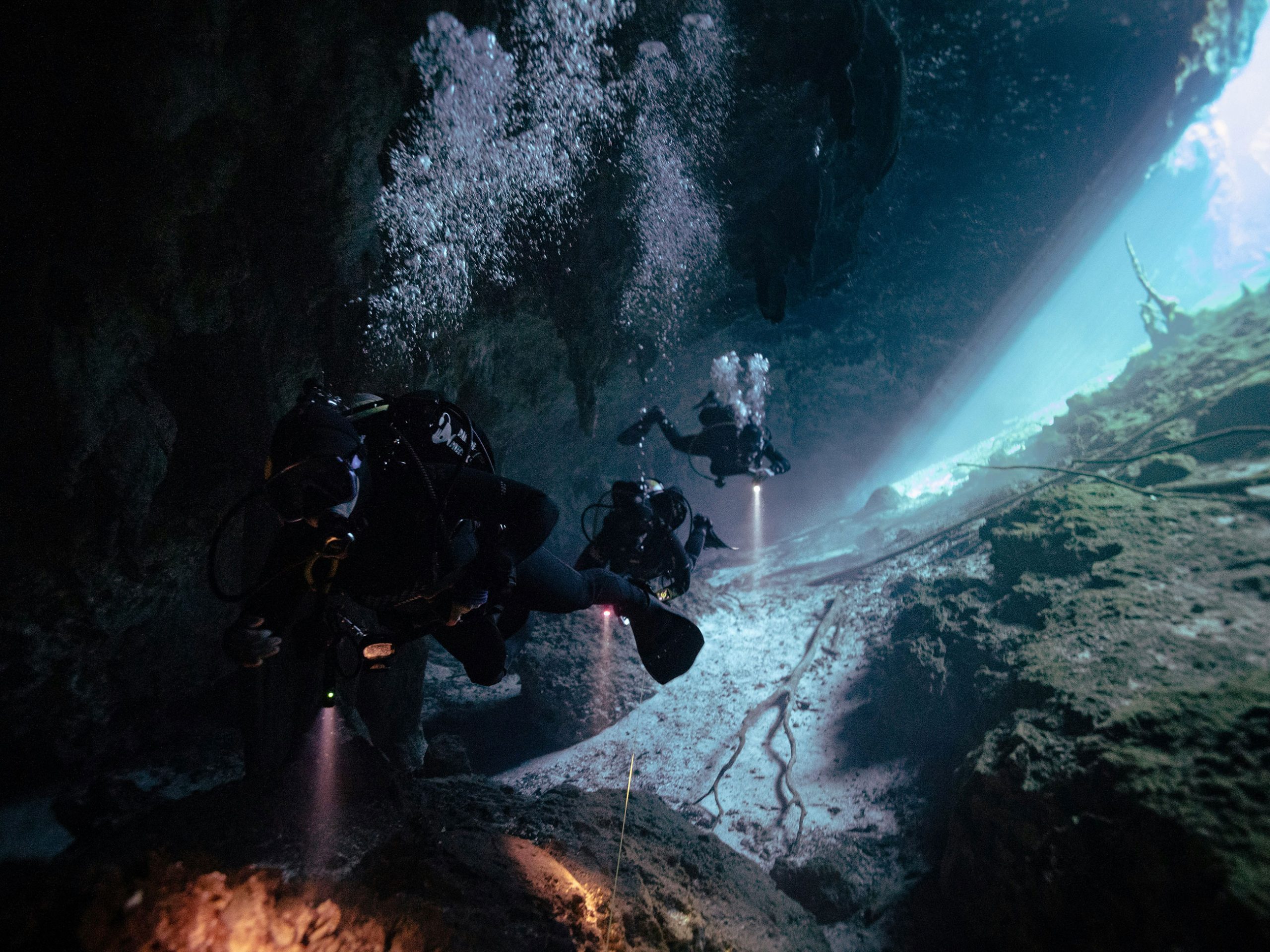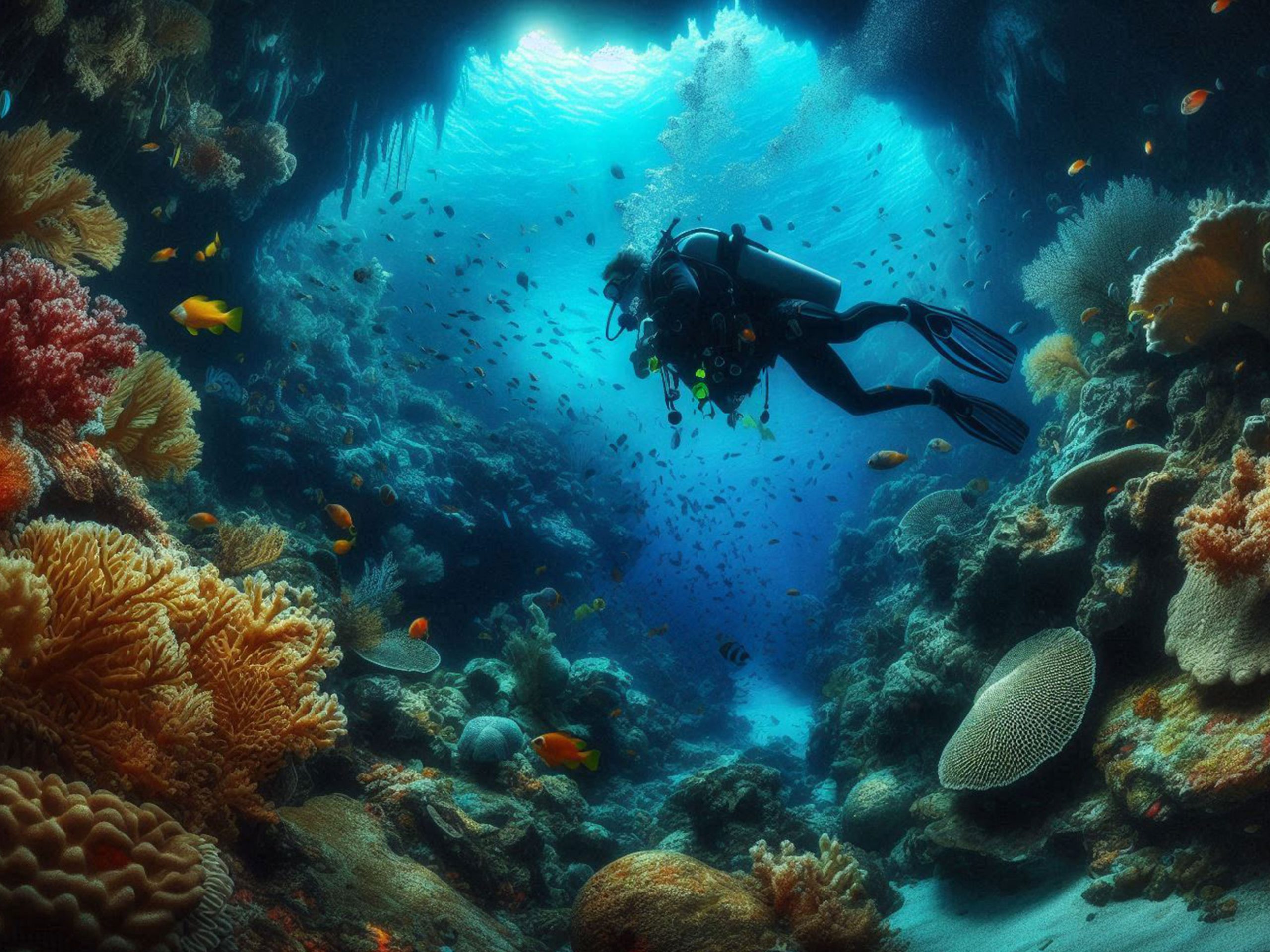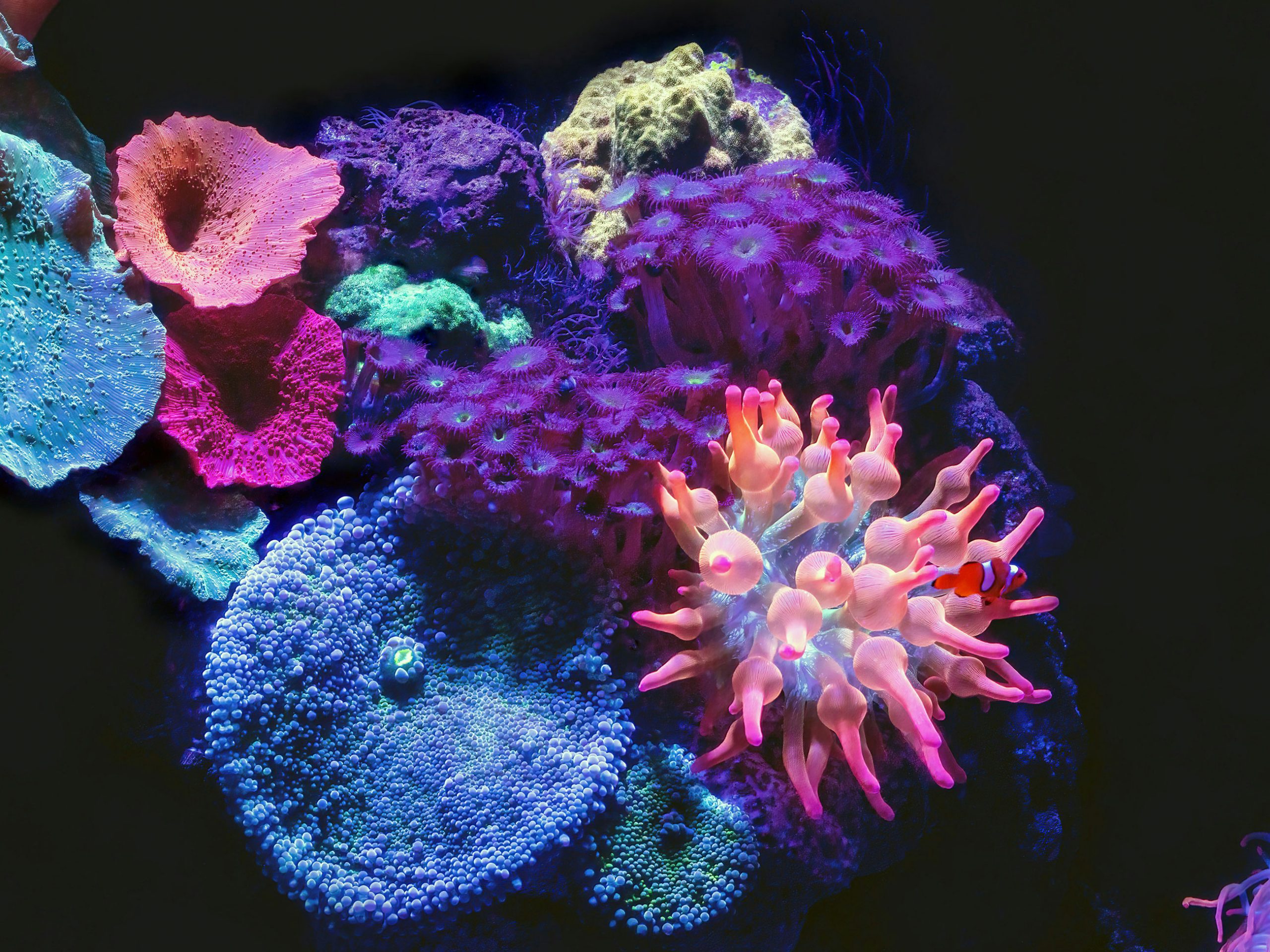So, you’ve mastered the basics of scuba diving and are ready to take your skills to the next level? One of the most important aspects of advanced diving is mastering buoyancy control and trim.
Understanding Buoyancy Control and Trim
Buoyancy Control refers to the ability to adjust your buoyancy to maintain a neutral position in the water. This means you can hover effortlessly at any depth without sinking or rising.
Trim refers to your body position in the water. Good trim means your body is horizontally aligned, minimizing drag and maximizing efficiency.
The Benefits of Good Buoyancy Control and Trim
- Conserve Air: By maintaining neutral buoyancy, you’ll use less air to stay afloat, extending your bottom time.
- Protect the Reef: Good buoyancy control helps prevent accidental contact with delicate marine life and coral reefs.
- Enhance Photography: A well-trimmed position allows for steadier underwater photos and videos.
- Improve Overall Dive Experience: A well-controlled diver is a relaxed diver. Good buoyancy control and trim make diving more enjoyable and less stressful.
Common Mistakes and How to Avoid Them
- Overweighting: Carrying too much weight can lead to poor buoyancy control and difficulty ascending. Always start with a conservative amount of weight and add more as needed.
- Poor Finning Technique: Inefficient finning can disrupt your buoyancy and tire you out quickly. Practice proper finning techniques to minimize drag.
- Incorrect Body Position: A poor body position can affect your trim and make it harder to maintain neutral buoyancy.
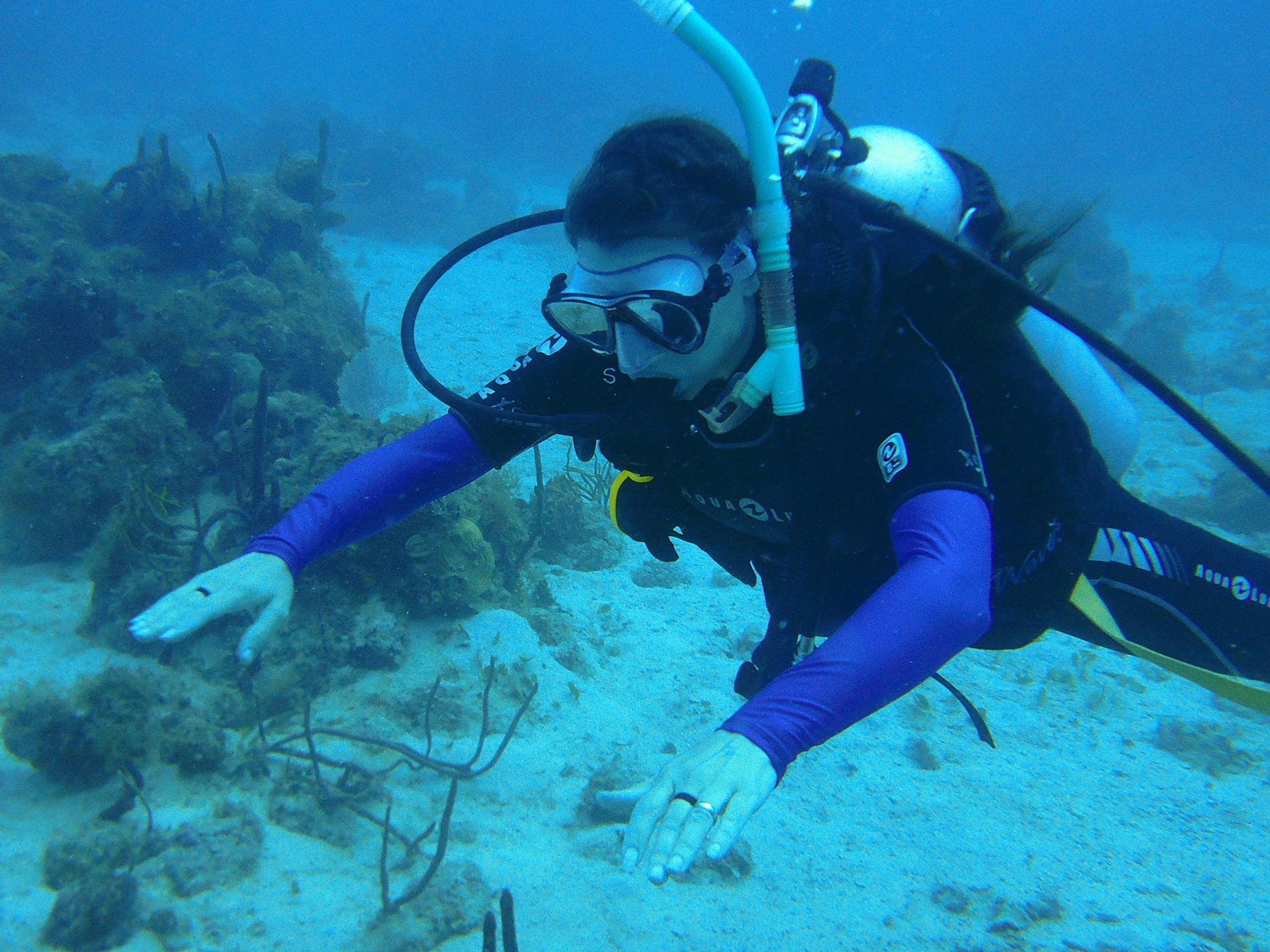
Tips for Mastering Buoyancy Control and Trim
- Practice, Practice, Practice: The more you practice, the better you’ll become. Spend time in the pool or shallow water practicing basic buoyancy control drills.
- Master the Fine Art of Weight Distribution: Proper weight distribution is crucial for achieving good trim. Experiment with different weight configurations to find what works best for you.
- Learn to Use Your Fins Effectively: Efficient finning techniques can help you maintain buoyancy and control your ascent and descent. Avoid kicking too hard, as this can disrupt your trim.
- Pay Attention to Your Body Position: Strive for a streamlined body position with your head and heels aligned. Avoid arching your back or bending your knees.
- Use Your Dive Computer Effectively: Your dive computer can help you monitor your depth and ascent rate, which are important factors in maintaining buoyancy control.
Advanced Techniques for Buoyancy Control
- Fine-Tuning Your Buoyancy: Pay attention to the smallest adjustments in your buoyancy control device to maintain neutral buoyancy.
- Mastering the Hover: Practice hovering at different depths to improve your control.
- Perfecting Your Trim: Experiment with different body positions to find the optimal trim for different diving situations.
- Learning Advanced Buoyancy Control Drills: There are many advanced drills that can help you refine your buoyancy control skills.
Remember, mastering buoyancy control and trim takes time and practice. Don’t get discouraged if you don’t perfect it immediately. With patience and persistence, you’ll be able to achieve a high level of control and enjoy a more rewarding diving experience. So, the next time you’re underwater, focus on your buoyancy and trim. You’ll be amazed at how much it can improve your diving experience.

